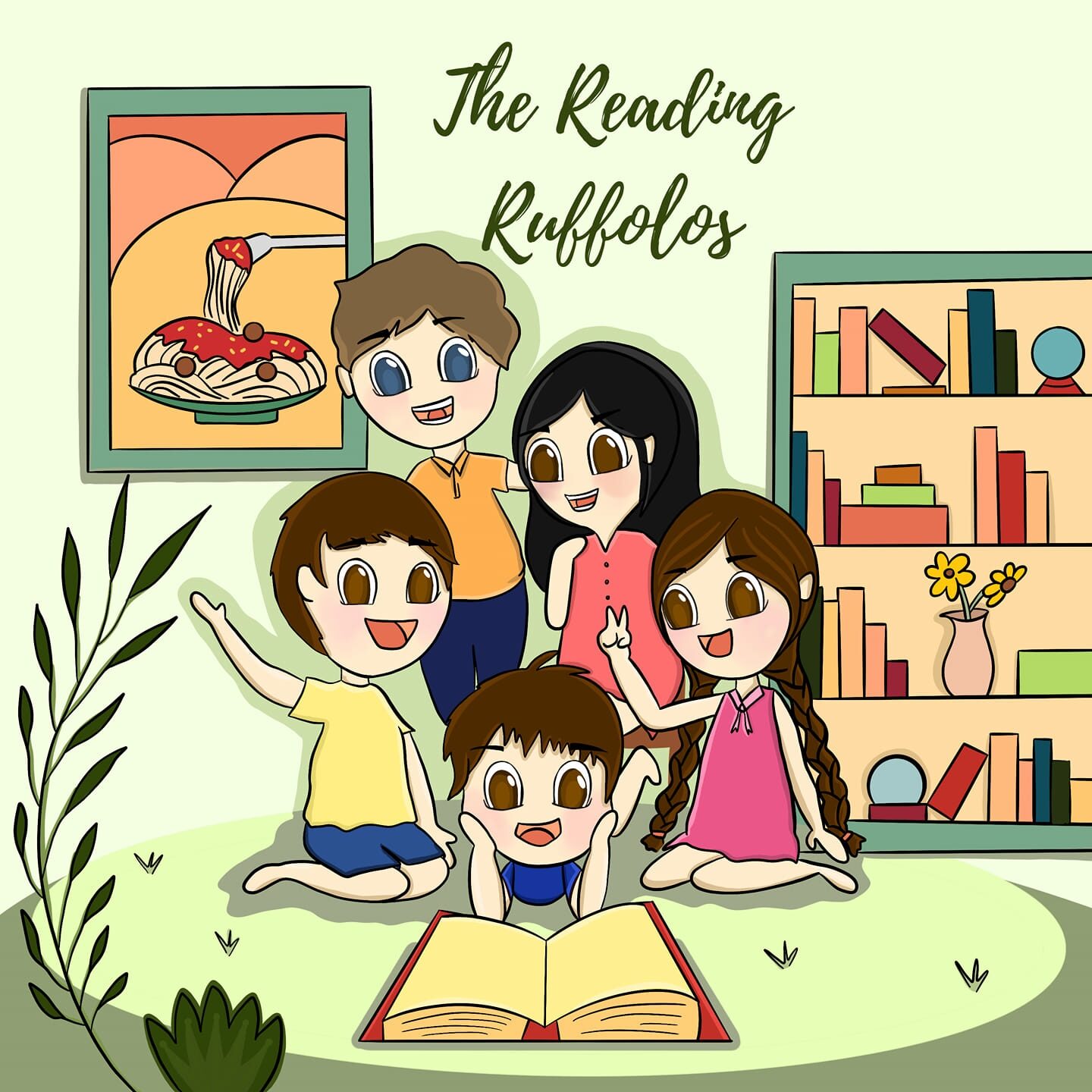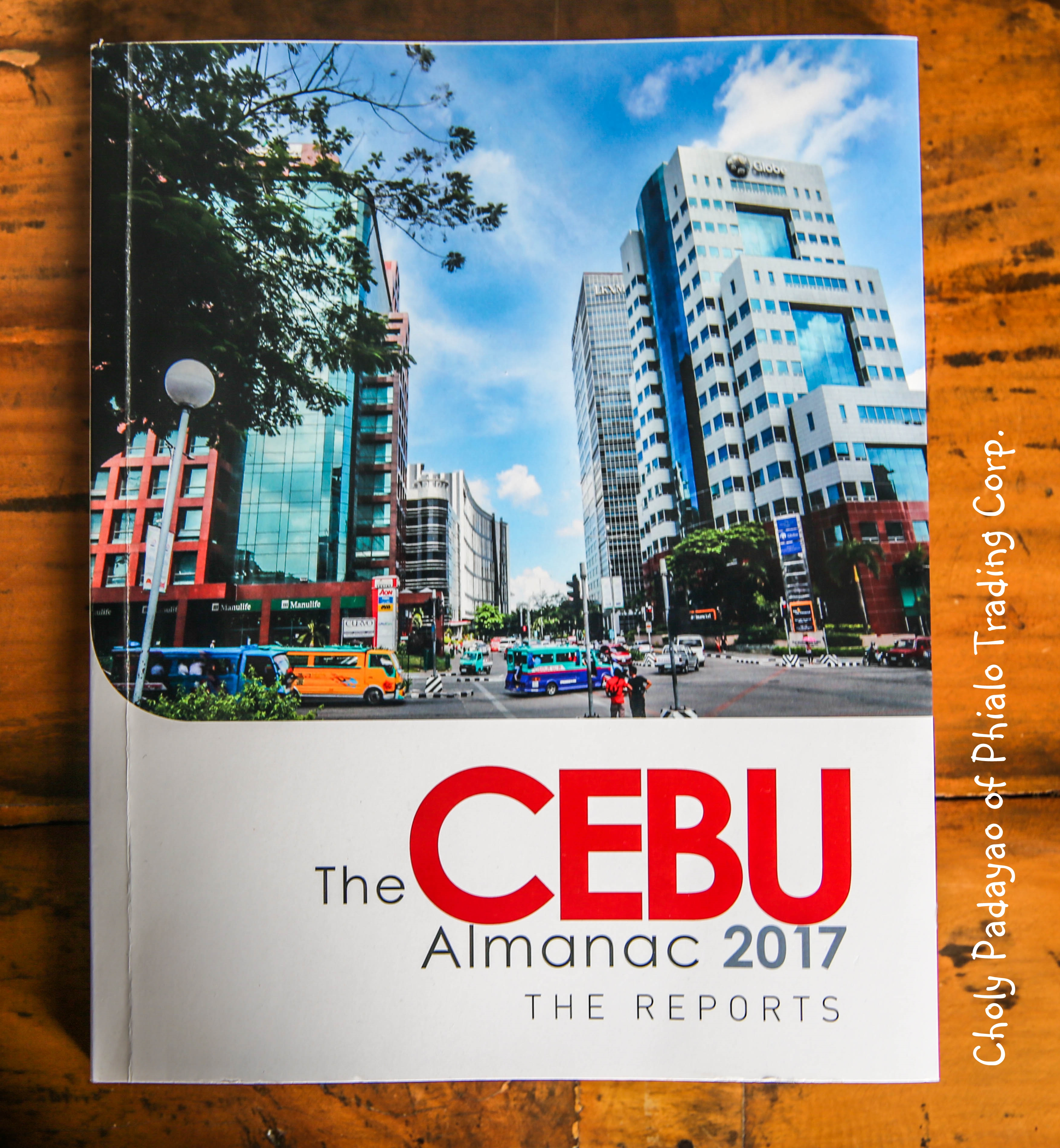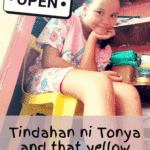Here goes my bias for publications which give readers straight facts and information — and publication in which I am one of the writers.
Before I proceed, let me get this out in the open: my mother, Maria Elena Berdin, was a History student of the University of San Carlos (USC) in Cebu City, Philippines when she got pregnant with me. I think she was 18 years old then. My father, Edgar Covero Lato, who I believe just graduated from the University of the Visayas with a degree in Marine Transportation was the lucky father of the baby.
I was that baby; born on August 20, four days after Maria Elena turned 19 years old. Mother and I grew up together. We have our fair share of fights and misunderstandings and I often attribute that to the fact that our age difference is so close we are practically sisters.
I never became a Carolinian (the term used to refer to individuals who studied at USC) although I did take the exam back in 2003 where I got a scholarship to enrol in the Accountancy program of the university. But I made it to the University of the Philippines and that basically ended my affair with USC.
But it didn’t end there.
Not really.
Back in Cebu in July 2016, I was introduced to Dr. Jose Eleazar “Jobers” Bersales, manager of the USC press and columnist of Cebu Daily News. Jobers was intimidating on our first meeting. He struck me as the type who is not open to the opinion of younger writers. I was scared to even open my mouth. But over time — which include repeated visits to the place where the PhiloSophia Library Cafe now stands — proved otherwise. I now consider Jobers as one of my mentors who gamely answers my queries about Cebu history and its people in between chitchat on the ephemeral nature of our mundane existence.
Last month, he asked me — along with USC professor Francisco Largo — if I’d be willing to hop in the Almanac wagon to contribute three reports. I agreed… without batting an eyelash. Why? Because my beloved Cebu Daily News (CDN) is the media partner and I already have the materials for the reports on real estate and the Mactan Cebu International Airport.
I just needed to review CDN issues from January 1 to December 31 to determine the Top Stories of 2016. This was an exercise of patience and perseverance. I never done this in the 12 decades of journalism practice. It was a painstaking experience but when I was finally down with 15/16 stories for “The Cebu Almanac 2017: The Reports”, I developed a deeper understanding of Cebu and its people.
Coming out with an almanac — which Merriam Webster Dictionary defines as a usually annual publication containing statistical, tabular, and general information — required gathering contributing writers with expertise and research background on various fields.
USC president Dionisio Miranda, SVD said an almanac is certainly not a publication created by magic. Aggregating data from different government agencies and research institutions is a test of patience and hardwork.
The first Cebu Almanac was published and launched last year. It contained statistical and quantitative data of everything you need to know about Cebu. The publication of the Almanac was inspired by the need to have one material that encompasses details about Cebu. If you’re an investor and you’re new to Cebu, you have the Almanac to use as your reference to have an overview about Cebu.
“The production of analytical yet accessible report to inform public and business policy remains an important part of the process towards evidence based decision making. This volume is aimed to contribute significantly to this effort,” said Cebu Almanac 2017 project lead and USC economics professor Francisco Largo.
This year’s Almanac published 20 in-depth reports and analysis of the various sides of Cebu (economy, history, health etc). Launched last week on July 25, it showed how USC, Cebu’s premier university, is working on making a difference in the lives of the people in the community in which it belongs.
To quote Fr. Miranda: “A university cannot be separated from the community in which it is embedded.”
This is good news because these are the times when academe and industry need to work together to provide solutions to issues — and solutions are created by people who are well-informed and well read.
Let me just mention the names of the contributing writers (aside from yours truly) whoprovided reports and analyses of the various sectors of growth and development in Cebu. They are: Jan Lorenzo Alegado, Soccoro Gultiano, Francisco Largo, May Elizabeth Ybañez, Joy Lorena Amador-Segismar, Juffer Denn Bornales, Julian Thomas Alvarez, Adrian Boyett Agbon, Joyce Natalie Yang, Richard Jugar, Judith Borja, Alan Feranil, Nanette Lee-Mayol, Christopher Bacungan, Roland Emerito Otadoy, Val Salares, Antonio Tambuli, Kristine Mae Bentoy, Fr. Genoroso Ricardo Rebayla Jr., Julie Otadoy and J. Eleazar Bersales.
I know I wrote in the title of this entry that this is a book review. But yeah, I admit it, this isn’t.
So let this be a book recommendation and an invitation to buy the book which is now part of my personal collection. When you buy the 2017 book, make sure to also purchase the 2016 book. I honestly think it’s a great tandem (for now as we look forward to Cebu Almanac 2018) that should become permanent residents of your home library.
My Mother is happy about this. I didn’t become a Carolinian but I wrote for a Carolinian publication. She calls this “full circle”.
Copies of the book are available at USC Press (230 0100 local 290), USC Museum Shop (253 1000 local 191) and Phialo Trading Corp./PhiloSophia Library Cafe (417 2819).




